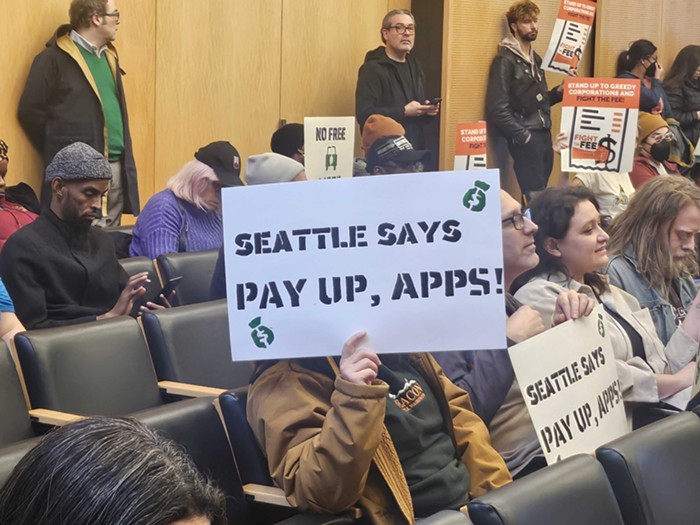
The Service Employees International Union (SEIU) has cut funding for the "Fight for $15" movement by nearly half this year (from $19 million down to $10.8 million). The reason for doing so is as obvious as the light of day, and predictable. During the final stages of the 2016 presidential race, many on the radical left might have successfully talked themselves and others into believing no difference existed between Hillary and Trump, but that did not make it true. Ultimately, Hillary is a neo-Keynesian. And what that means is of great importance: though she considers most of the market ideology of the dominant school of economics (the neoclassicals) to be valid, she also believes in market failures and imperfections. (The neoclassical school maintains that the market, in a state of total freedom, will generate perfect results for everyone all of the time.)
One market failure concerns wages. If the market is left alone, it will naturally depress them in the interest of short-term profits of the owners of capital but to the detriment of long-term demand and growth for the whole economy. One of the necessary functions of government, according to the neo-Keynesians, also known as saltwater economists, is to correct this failure with laws like the nation-wide minimum wage. (I must point out that my economic thinking is drawn from three sources, and in this order: post-Keynesian, Marxian, and bioeconomics—you can read about these schools in the new book, Rethinking Economics)
Local conservative commentator Jason Rantz goes on and on about union dues and how awful they are and how SEIU has bailed from the "Fight for $15" movement because it couldn't get enough workers to join and pay those poor-people killing dues. This is total rubbish. Firstly, and more widely, the 40-year decline of unions has come with the de-linking of wages from productivity (stagnation) and the collapse of cost-of-living escalators (the latter resulting in the erosion of real wages by inflation). And so, American workers are working more and more, and receiving less and less. This fact is not even controversial. That said, let's look at the real reason for the SEIU funding cut: It's simply a realistic response to the current political climate of our post-Obama moment.
Dave Jamieson, HuffPost's labor reporter, writes:
SEIU implemented steep budget cuts in the wake of President Donald Trump’s 2016 election win, which signaled an inhospitable regulatory atmosphere for unions. Close watchers of the Fight for $15 suspected the high-profile campaign could be subjected to belt-tightening as labor law became less friendly to organized labor than it was under former President Barack Obama.
If Hillary had won, it is unlikely that SEIU would have taken this defensive position. During the Obama years, offensive positions made a lot of sense. Now they do not. This labor union—which represents some of the worst-paid workers in the job market (and therefore doesn't have the political clout of unions that represent middle-class workers)—very well understands that little or no progress is going to be made under the current administration, which, on every issue imaginable, sides with the owners and managers of fast food corporations. Also, Trump’s picks for the National Labor Relations Board (NLRB) are rabidly anti-union. It's going to be hard for working-class unions to grow in this noxious environment. The best they can do is protect their gains and wait for a regime change.
Once again, I—a socialist—and many others on the left warned the radicals that this would happen. We could see it from mile away because we didn't delude ourselves. Socialism is now on hold.

















